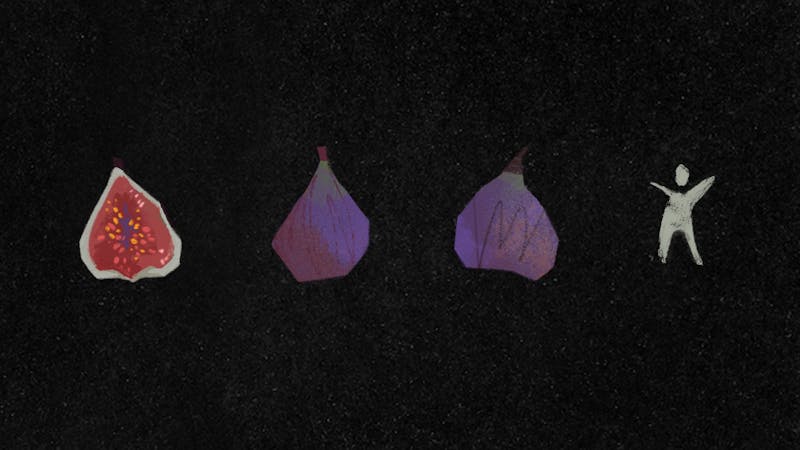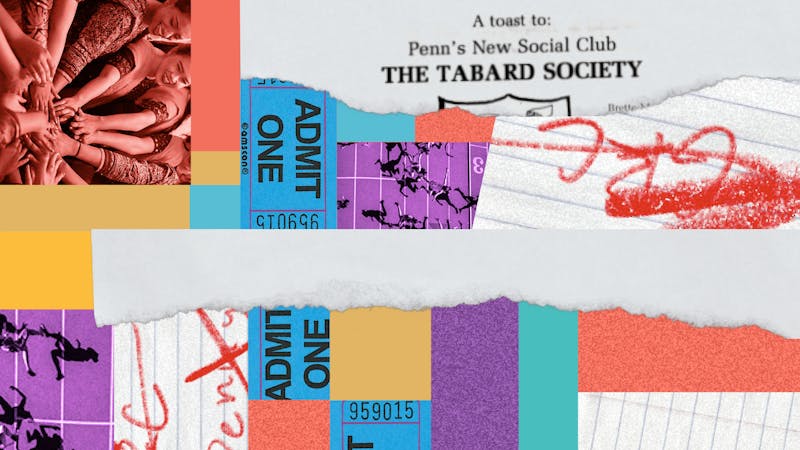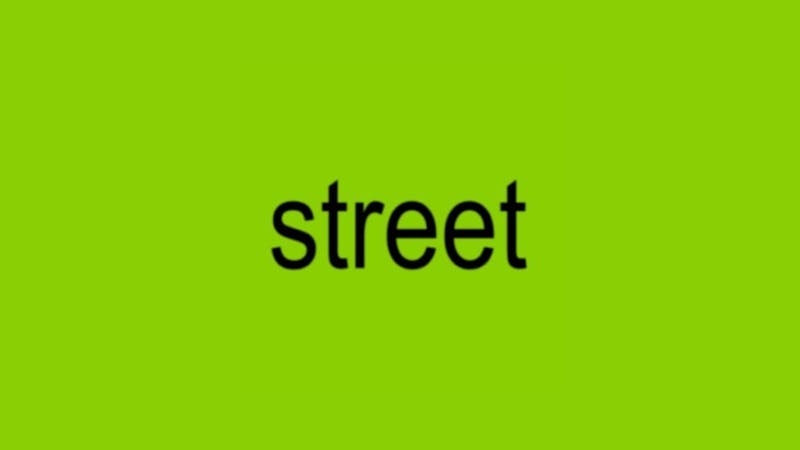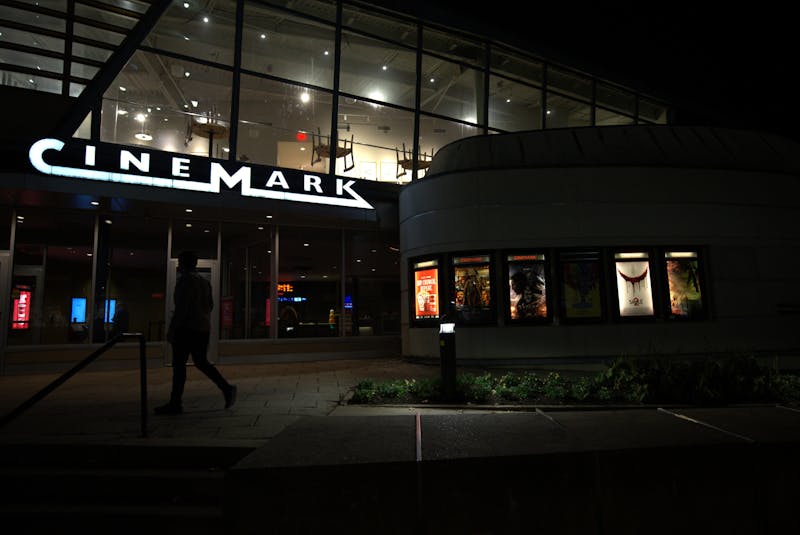As a photographer, you dream of getting “that shot.” The shot that will make up for all of the times you took a bad iPhone photo for your friend’s Instagram. All of those hours of practicing composition will be worthwhile for that one photo. The frantic pursuit of “the shot” was on full display in the spin room following the 2024 presidential debate. Fighting through a mob of photographers to photograph former president Donald Trump, a photographer’s hairy arm grazed my mouth and a camera the size of a baby knocked my chin out of view. I stopped to look at the enormous crowd of photographers and journalists around me.
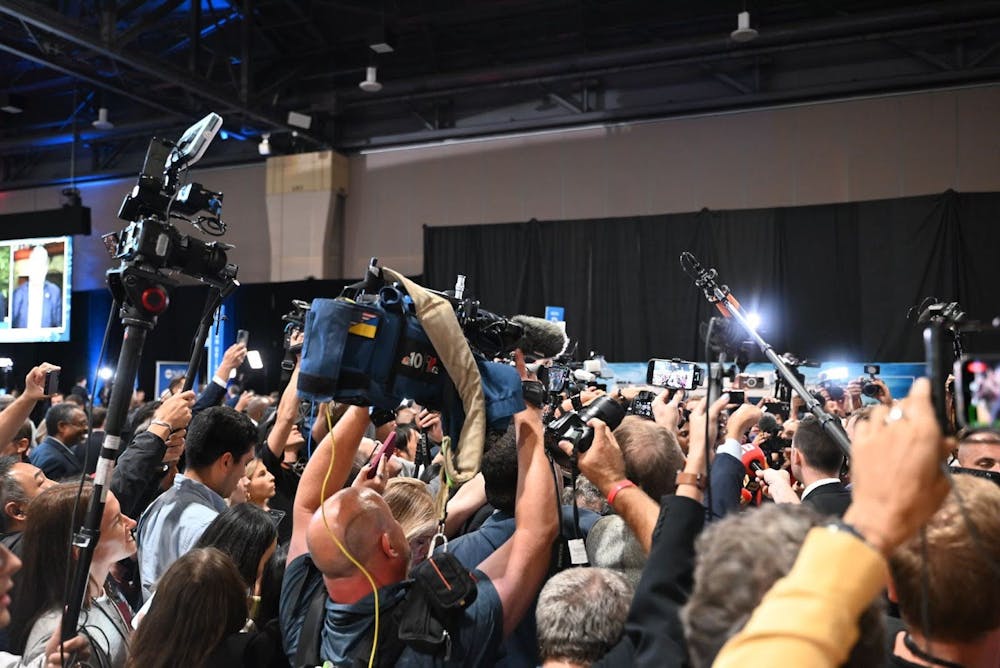
My phone started to light up with messages from friends asking me if I had seen J.D. Vance or Josh Shapiro. What I saw was maybe the head of the politician and instead the swarm of photographers double wielding two cameras and a mic all trying to obtain “that shot.” At one point I was shoved aggressively so much so that a photographer next to me crashed into a pole and broke his filter lens (notably from THE New York Times).



But, figuratively speaking, this experience of shoving and pushing to get to the front is a very common practice in any work field. But what I love about photography is that no one can have the EXACT same photo as you. At the end of the day, your photo is yours—composed by your eyes and clicked from your fingers—and no one can take that away from you.
And while maybe you saw ten photos from the debate, I guarantee you that hundreds of thousands of photos were taken, if not more. My own SD card had 2,000 photos at the end, and I am grateful that eight made it in this photo essay.


But this is why I love photojournalism. As I sat in the Uber on the way back, I could still feel my heart racing from the excitement, hoping that at least one photo made it. I woke up the next morning with a bloody nose, which happens a lot when I get stressed, but also an indicator that I did everything physically possible to be a good photojournalist.
Amidst all of the running and mobbing, I spoke with another photojournalist who flew all the way from London, buying the cheapest hotel and flight possible just to cover this historic moment. He told me that he was a recent graduate just trying to stand out at his company, and like me, was not focused on the news coverage, but rather framing a creative outlook on the historic event.
The light–speed live update coverage, the in–action photos, and the hopefully creative photo essays people got to see of the debate were from the work of photographers running around in circles and clicking their cameras every millisecond. And though all you saw were the politicians, the real stars are the photographers, videographers, and journalists behind it all.

